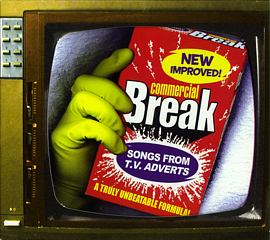Print and web design indeed share several
similarity methods, such as colour compositions and graphic placement. However,
they aimed at different readers and measured diversely.
Example of Website Design http://www.smartwebby.com/free_tutorials/CSS_website_design_guide/fireworks_tutorials/website_photos_content_insertion.asp
Example of Magazine design
http://findlucy.wordpress.com/
According to Nielsen (1999), there are
three prime differences between the two design approaches, which are;
• Dimensionality
Print canvas, like pictured in magazine example,
could afford a fancy layout design and loaded texts since readers would be able
to perceive the whole paper pages. Meanwhile, web design relies on scrolling
tool in sightings view, hence a short and simple content is recommended. Complex
and long texts would produce a confusion and time-consuming (Nielsen, 1997).
• Navigation
Web design accommodates an experience to explore
site’s content which attract users since it seem to give them control. Still, clear
navigation provision, such as hypertexts link and main options in the web
design example, is crucial to guide readers in the process and additionally
functions as a design themselves, while print based medium mere support a
limited page turning method.
• Speed,
Quality and Space
Print design is provided with a larger
medium. However, it is faster to access web information which supports better
image resolution. Nevertheless, web design is restricted in text’s quantity
since a long writings in monitor are hard to consume. Moreover, complex font
style is unacceptable considering the diversity of software available. Big words
are discouraged because its constraint their scanning process (Hilligoss &
Howard; 2002, Nielsen; 1997).
To conclude, print design depends on eye
movement to explore complementary information and graphic which are
simultaneously shown while website design utilizes hand control technique. Web
design, nowadays, is still in a developing progress because the credibility
issue concerned by users and also the design skills which need a special
education.
Morkes, J. & Nielsen, Jakob 1997, Concise, Scannable, and Objective: How to Write for the Web, Writing for the web, viewed 8 April 2012, <http://www.useit.com/papers/webwriting/writing.html>.
Nielsen, Jakob 1999, Difference Between Print Design and Web Design, viewed 8 April 2012, <http://www.useit.com/alertbox/990124.html>.





